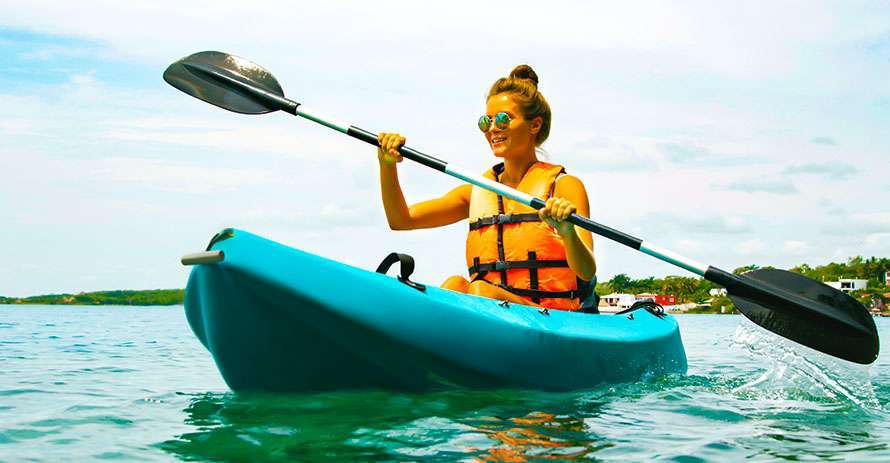Want to pack like a professional for a typical six-day summer river trip? If so, adhere to a few of the following guidelines, and you might just find yourself pocketing a tip when all’s said and done.
Step 1
Place ice blocks on bottom of cooler with a layer of coated cardboard on top to minimize freezer burn. You can also freeze water in clear gallon jugs for trips on rivers that have limited sources of potable water. Pack coolers from last-day items on the bottom to first-day items on top. Pre-freeze everything possible in sealed Ziplock bags. I pack lunch items in the tray for easy removal during the day. Always keep coolers in the rafts (never out in the sun or on hot sand) with wet canvas bags or pads over the lids to insulate against sunlight. Don’t open the lids unnecessarily and always keep them latched. Know what you’re getting out of the cooler before you lift the lid. I run a camstrap over the top to snug it down. Only rearrange or consolidate coolers in the cool morning air. Drain coolers each night and morning. Ice melts slower surrounded by air than water. Once the ice is gone, leave the remaining cold water in the cooler to keep the dregs cool, or transfer foodstuffs to another “live cooler” and drain. Categorize coolers either by product (meat, dairy, produce, drinks) or by day (one, two, three) and pack them accordingly.
Step 2
Pack dry boxes with hard goods (cans) on bottom and soft goods (bread) on top. Pack them left to right with different days stacked vertically. You can use beer cartons as separators. Pack all dry goods in Ziplock bags with cooking directions cut out. Discard all extraneous packaging. I put dinner items to the front and breakfast items to the back to minimize rummaging. Put all paper products in sealed Ziplock bags, especially TP! Label canned goods with permanent marker on their tops.
Step 3
Use sturdy drag bags to keep canned drinks cool, but separate sodas and beers into different bags because their labels tend to get abraded. Avoid taking glass containers down the river. Transfer their contents into plastic.
Step 4
Wrap all soap products in Ziplocks and avoid soot contamination with designated protective bags for fire-blackened items. I prefer rectangular plastic tubs for dishwashing to pails as they offer more room. Put tent poles into dryboxes to avoid puncturing drybags. If used, carry a second menu (ingredient lists and cooking instructions for each meal) on another raft.
Step 5
Use charcoal for Dutch Oven and firepan cooking. It provides better heating properties and little residue to clean up. Never use river rocks to suspend a firepan because the rocks may explode. Reuse wet ash as a bottom layer to minimize pan distortion and remove the grill when not in use, to minimize heat distortion.
Step 6
I prefer a rocket box with industrial-strength bag liners for garbage because you can stomp down its contents or carry broken glass without threat of bursting the container. Canvas army duffels, large drybags or dryboxes can also be used.
Step 7
Always top off a full toilet with river water before closing it. The agitation of rapids and drive to the dump station will help liquefy the mess for easier disposal. Use powder detergent, RV tank solution, or enzymes for odor control.

